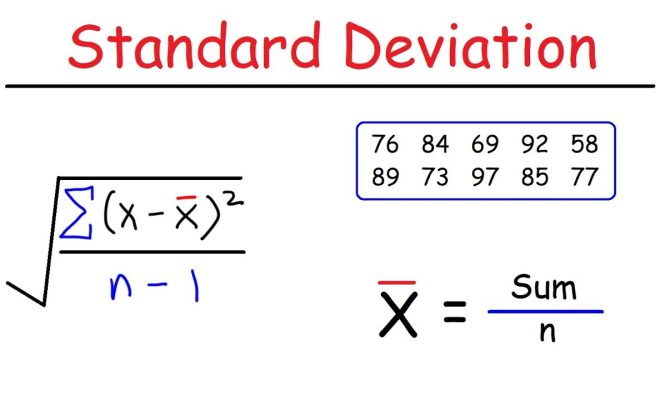How to calculate easter date

Easter, a Christian holiday celebrating the resurrection of Jesus Christ, does not have a fixed date on the Gregorian calendar. Instead, it is determined by a set of complex calculations based on the lunar cycle and the spring equinox. In this article, we will break down these calculations and explain how to determine the date of Easter each year.
Step 1: Identify the Paschal Full Moon
The first step in calculating the Easter date is to find the Paschal Full Moon (PFM) or Ecclesiastical Full Moon (EFM). This is not always the same as an astronomical full moon. The PFM is defined as the first ecclesiastical full moon after March 20th, which is considered as the nominal date for the vernal equinox.
The calculation for this involves using Metonic cycles, named after an ancient Greek astronomer called Meton. A Metonic cycle is a period of 19 years, after which new and full moons occur on nearly the same dates. To find PFM for a specific year, consult an EFM table or use appropriate mathematical formulas.
Step 2: Determine Easter’s relation to PFM
Once you have determined the date of PFM, follow these general rules to find when Easter would be celebrated:
– If PFM falls on a Sunday, Easter is celebrated on the following Sunday.
– If PFM occurs before March 22, Easter is observed on the first Sunday following March 22.
– If PFM falls between March 22 and April 18 (inclusive), Easter falls on a Sunday between March 22 and April 25 (inclusive), following PFM.
Step 3: Consider additional corrections
In certain cases, there may be an additional correction needed:
– The Gregorian calendar reform in 1583 resulted in a new rule for determining Easter, which is adopted by Catholic and Protestant churches but not the Eastern Orthodox Church. The latter continues to use the older Julian calendar for dating Easter.
– Leap years in the Julian calendar may require further adjustment for PFM.
Step 4: Verify with official sources
Given that calculating Easter’s date can be intricate, it’s a good idea to double-check your findings with official sources like ecclesiastical authorities or online tools that perform the calculations for you.
Conclusion:
Calculating the date of Easter can be a complex process involving astronomical observations, historical changes in calendars, and religious traditions. Nevertheless, understanding the computational principles behind this central Christian holiday can provide interesting insights into its purpose and meaning.






